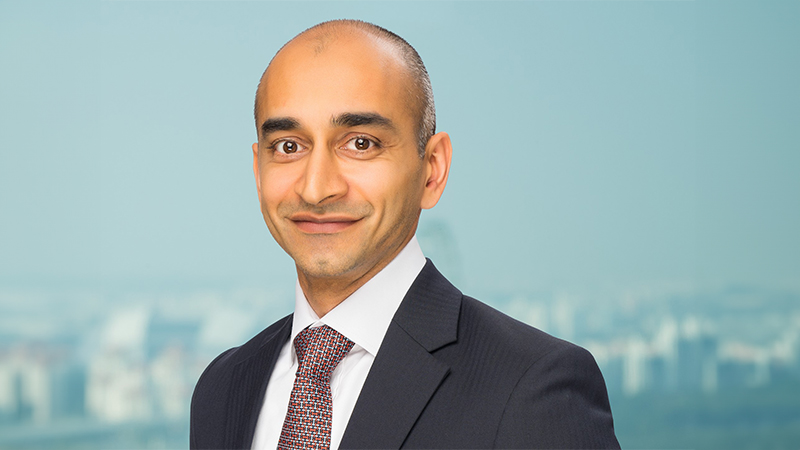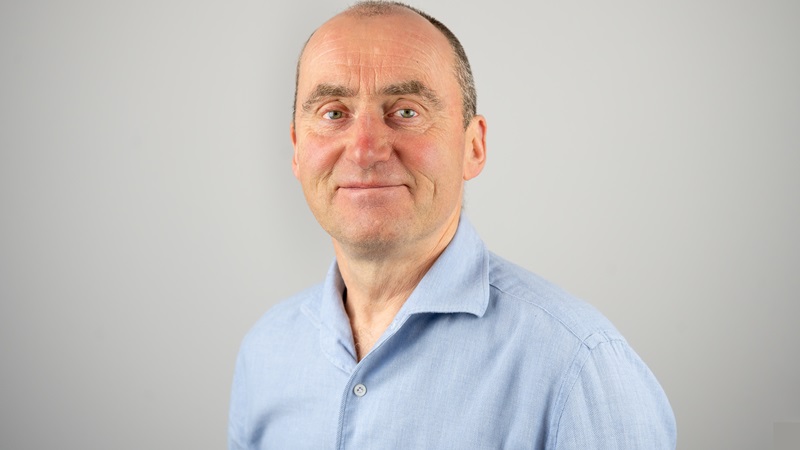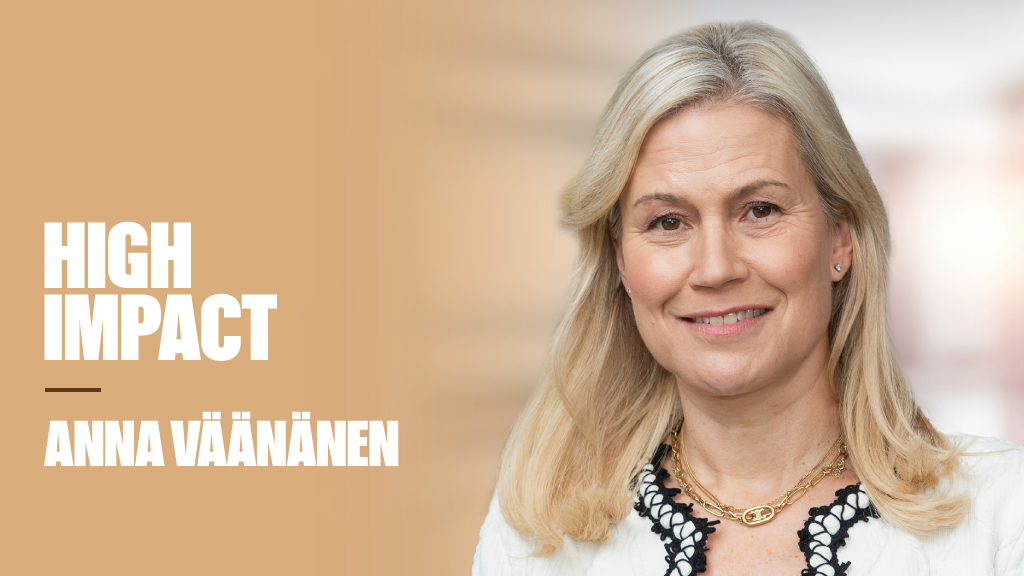As of January this year he started at Signia Wealth, working alongside co-founder Nathalie Dauriac-Stoebe as head of wealth management, and hoping to emulate his form at Schroders through building the firm’s AUM from £2bn to £5bn over the next five years.
One way Robinson plans to do this is through bolt-on acquisitions of family offices, and he says the firm is in discussions with a number of them which are a fairly long way down the line.
Robinson says the idea is for these family offices to be complementary to what Signia Wealth already offers and to broaden the experience and specialities it already has.
So what exactly are these specialities he boasts of?
Differences
“The service offering is different. We deal with approximately 80 families and have around £300m invested just in private equity.
“Some clients have pure equity or fixed income mandates with us, but we have clients who use us for our different types of service offering.”
His main reason for joining Signia Wealth was the opportunity to impose his personality on the business, Robinson says, and mould the business model to adapt to the demands and needs of the clients.
Set up in 2010, Signia Wealth has already done well to amass the assets it has. The firm’s clients are chiefly entrepreneurs, with some sportspeople thrown in and very much at the ultra-high net worth end of the spectrum.
By appointing well-known and respected industry veterans with great contacts to her advisory board CEO Duariac-Stoebe means to firm this client base up further still.
Robinson says the clients tend to want greater access to direct investments than those he worked with at Schroders.
“I think we are in an enviable position in terms of size because we are able to deliver that access in a firm where clients’ generated returns and ability to make money is paramount.
“We have half our assets in traditional multi-asset style investments and that will continue to be a core proposition, but in addition to that we have direct global equity and fixed income mandates,” Robinson adds.
Alternative practices
The area he sees great potential growth in, however, is alternatives: private equity, real estate, hedge funds and infrastructure.
Partly due to the advisory board including members such as John Cauldwell of Cauldwell Group and Jon Moulton of Better Capital, a quoted private equity fund, Robinson said the volume of deals in the private equity and real estate sectors Signia Wealth is party to is astonishing.
“This is in both public and private markets and we are able to therefore able to provide different opportunities to our clients.
“We have raised money for a credit fund which was seeking to capitalise on the situation in the European banking sector with respect to providing funds to SMEs. In return for providing credit we get a juicy coupon and equity participation,” Robinson explains.
Another example of the more esoteric investments him and his team make on behalf of clients is a turnaround fund in the UK, which had certain characteristics in common with the credit fund: shorter investment periods and faster return of cash compared with the traditional private equity funds the banks distribute.
Close to home Signia Wealth has used club investing to pool together client assets and deal in real estate markets, buying a property just off Park Lane in London.
“We put up 80% equity and the developer put up 20% and the banks provided the debt. We are pretty confident we are looking at an average return of somewhere between 23-24% over three years” Robinson says.
The team is currently doing due diligence on what he describes as an “iconic building in London”, which he believes to be another exciting opportunity.
Real estate hungry
A bias in the client base towards residential non doms and international clients is what Robinson puts the interest in real assets and property down to and he says the appetite for individual real estate investment is still very high in this segment of the market.
Crucially, Robinson views the managing of clients’ real estate investments as a skill-based strategy not a market-based one.
“There is no shortage of demand; it is more a case of finding the opportunities because it is a fairly satiated sector with a lot of smart people trawling the markets for the same opportunities,” he explains.
The same is true of private equity, and both asset classes also have a significant illiquidity premium associated with them.
Still, Robinson is confident that for those clients willing to take this on the returns will be superior.
Continuing down the alternatives route, Robinson says another area Signia Wealth is particularly interested in is infrastructure, which has until now been predominantly an institutional investment.
He predicts that more and more money will flow into infrastructure projects: from those dealing with waste disposal to renewable energy.
“It is a trend that is here to stay because of the yields they provide, the inflation hedge and the prospect of capital growth. The characteristics of returns around infrastructure are attractive and we are working closely to see how we can develop an expertise in that area with a third party,” Robinson adds.
Against the grain
In the pursuit of diversification and returns he is not afraid to consider unpopular asset classes either. Even fund of hedge funds, which have garnered a very mixed press in the aftermath of the financial crisis are described as “interesting” by Robinson.
“We have been in a period where we have had two decades of falling sovereign bond yields and low inflation and I think given the amount of money printed in recent years there is likely to be upward pressure on bond yields. This means there is going to be a large demand for ‘bond-type’ substitutes and the hedge fund world provides interesting opportunity there.
“The holy grail is to be able to provide clients with positive returns in any market. That is a much tougher thing to deliver than perhaps the investment mandate of a mutual fund.”
Fixed income managers have a great challenge ahead of them, he continues, making money in a rising interest rate environment.
The best bond managers will have sufficiently broad mandates to be able to go long or short or seek to arbitrage opportunities between different sectors and so should be able to deliver returns.
There are prospects available but nobody should be under the illusion it will be easy, Robinson says.
The firm’s investment process is driven by three key individual perspectives: macro and fixed income, global equities and valuation and risk management. This produces three multi-asset portfolios with varying degrees of risk and return.
Meanwhile, Christ Godding heads up the global equities team supported by two analysts and runs a concentrated global equities fund of between 24 and 30 stocks, which is performing well and managing to gain some traction in the market.
But Robinson says one of the experiences he gained from his previous shop was that there has to be a very good reason to put clients into pooled vehicles. This is because of the knock-on effects of 2008 and the increased regulation following RDR, which means there is increased pressure on charging structures.
Cost effective
“We are very conscious of the need to control and manage TERs on portfolios. So the more investment we can do directly the better we can control costs for the client.”
In summing up Signia Wealth’s proposition Robinson says: “First and foremost we are a wealth manager but in order to deliver advice or discretionary management to clients and firms we need to have a breadth of expertise across different disciplines.
“What we are trying to do here is be able to deliver clients a total wealth solution, or should they so wish, pockets of excellence.”
Everything he does must be done with institutional rigour and risk management and any product or mandate offered should be attractive in its own right.
Just three years’ old and with only 36 people at the firm, Signia Wealth is by no means the “finished article”, Robinson says, but with a track record like his it is certainly on an upward trajectory.
“We have got very supportive shareholders and will look to strengthen the bench in areas we want to have expertise in rather than have an outsourced model. That is not to say we won’t seek to capitalise on external talent where we do not have access in-house,” he concludes.










